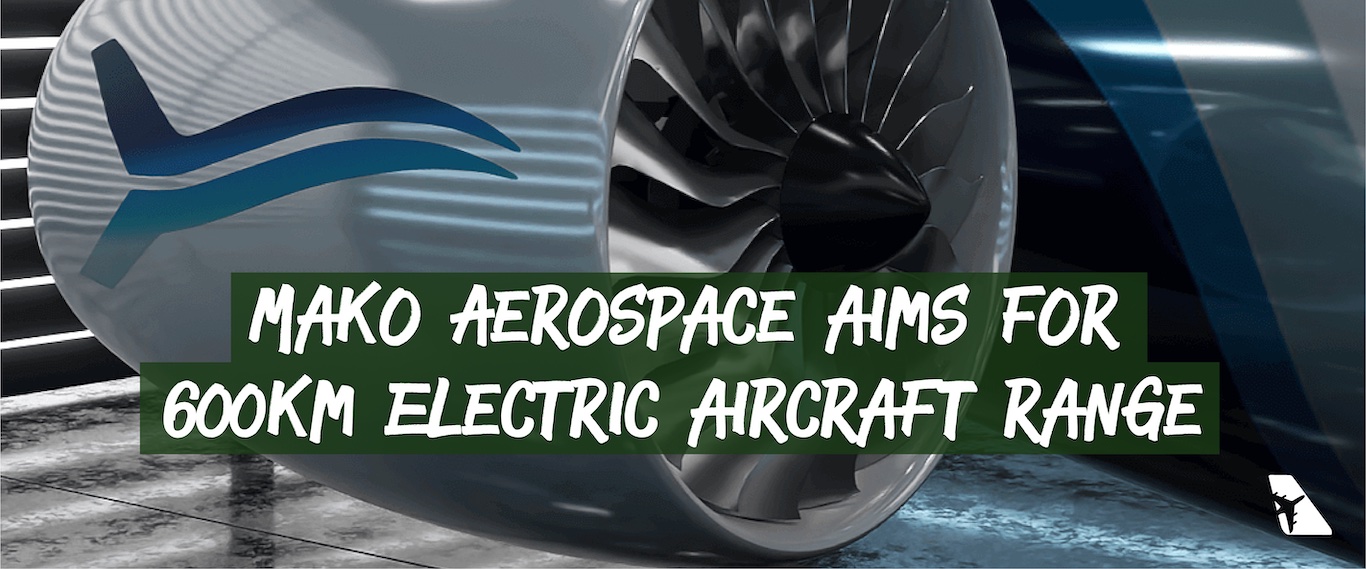We spoke to Mako co-founder Pia Saelen, who confirmed that Mako’s strategy is to develop the engine but not the plane.
According to Pia Saelen, “Our mission is to enable electric flight and to do that, we can’t just lock ourselves into one aircraft. Forerunner’s benefits should be available to hybrid, hydrogen and electric aircraft, whether that be retrofit or in ground-up designs.
“Plus, from a start-up perspective, the opportunity to provide early customers with hybrid retrofit systems is obviously quite appealing.”
That sounds similar to MagniX, which is powering the Eviation Alice, but also other electric, hybrid-electric and also hydrogen-electric aircraft. However, Saelen says there is a difference between MagniX and Mako’s engine:
“When we say all-electric jet engine, we’re talking about the duct/nacelle, fan, motor and power electronics as a single turn-key unit at 3x the power as opposed to what MagniX is doing, which is a motor and power electronics combo.”
The aim is for Mako’s Forerunner engine to power aircraft in the 40 seat range. That puts Mako in the same kind of bracket as the retrofits and linefits from ZeroAvia and Universal Hydrogen.
Like them, Mako aims to have aircraft running with its engines by 2028.
Pia Saelen said that they had “a lot” of interest from and discussions with the aviation industry, but were under NDA and so could not at the moment give names.
